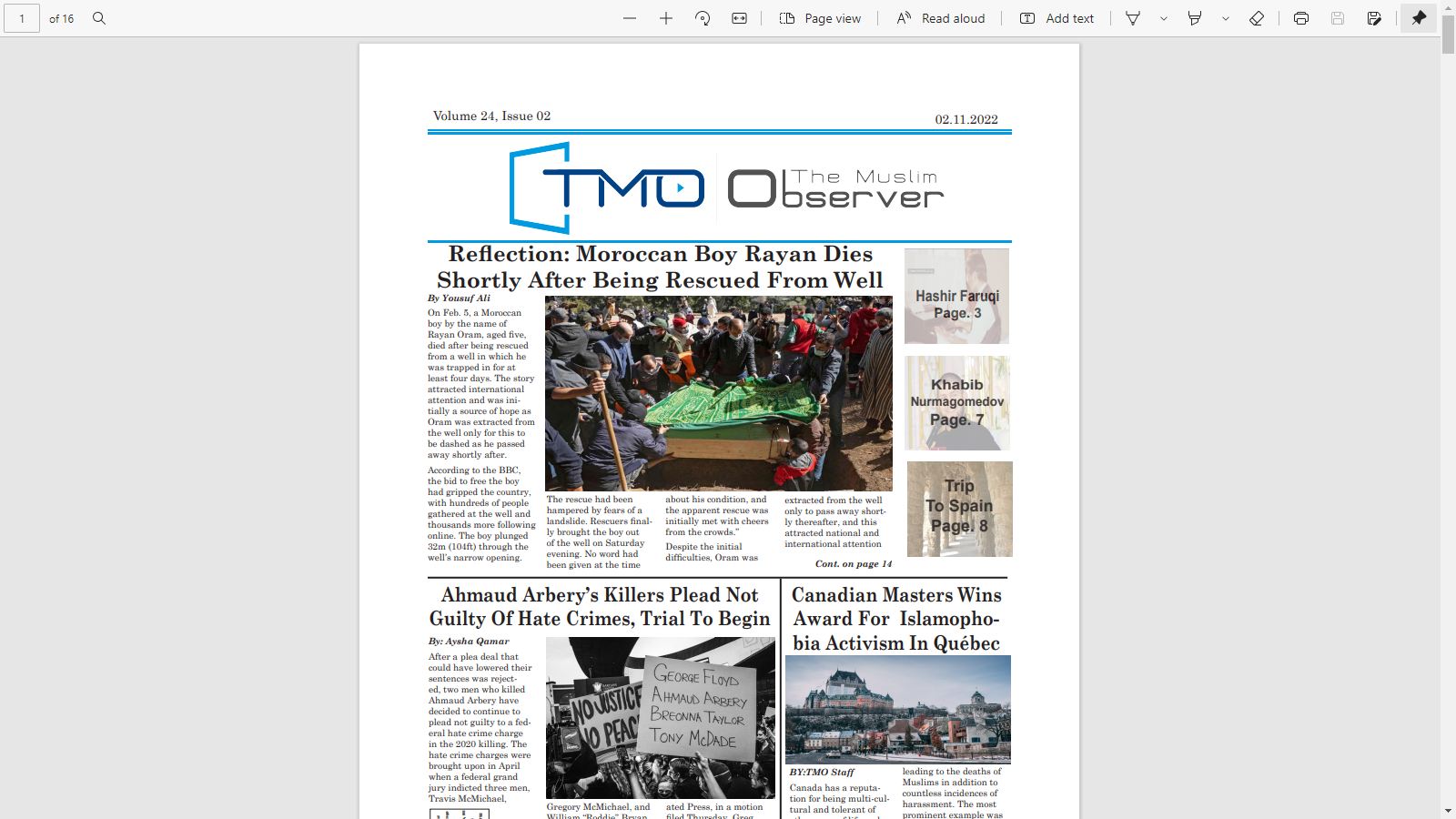China’s Test May Make India a Star Wars Satellite
Courtesy J. Sri Raman (t r u t h o u t | Columnist)
When China destroyed one of its own aging weather satellites with a ground-based ballistic missile on January 11, the media recorded a more than mildly earthshaking event. The impact of the event on South Asia, however, needs greater notice than it has received.

The successful anti-satellite missile (ASAT) test has sounded an alarm about a global arms race in outer space. An important step towards the race may be witnessed in China’s immediate, southern neighborhood. India’s response to the test may become part of a reckless reply from the US under the George Bush administration to the apparently unexpected Beijing move.
The official Indian response has been guarded. The “security think-tank,†known to speak for the politically more circumspect establishment, has greeted the test with a clear enough call for the country moving for a closer tie-up with the Bush-modified missile-defense program.
Officially, concern was voiced over the test, with Indian Air Force chief S. P. Tyagi talking of the major role for space “in all future wars†and adding: “If we have assets in space, somebody will try to knock them off through hard kills or soft kills. We must be ready for all this.†Former chief adviser to India’s Defense Research and Development Organization (DRDO) K. Santhanam was more explicit: “China’s ASAT test is definitely a concern for all countries with satellite launch capabilities. Satellites, after all, form an important part of C3I (communications, command, control and intelligence) systems.â€
The think-tank’s point was made trenchantly in an editorial of January 20 in the well-known daily Indian Express, with National Security Advisory Board member C. Raja Mohan as its Strategic Affairs Editor. Said the paper: “Amidst the emergence of a brash new space power in its neighborhood, India can either respond with a robust military space effort in collaboration with the US or consign itself to the status of a second-rate power in Asia.â€
The paper spelt out its meaning by voicing outrage at past opposition to “offers from the Bush administration to assist India in the development of (its) missile development program.†Stating that “India needs partners in space,†the article added: “It does not take a rocket scientist to figure out that the US leads the list of such partners:â€
Mainstream Indian media are assisting official and crypto-official attempts at publicizing an alleged commonalty of space security perceptions and interests between India and the US. They are, thus, making out a case for extending the much-advertised US-India “strategic partnership†to space.
Unnamed sources in the space research establishment have been quoted as vouching that India has the technology to build a satellite-killer similar to China’s, but vowing that India won’t “use its prowess for military purposes.†These sources also suggest that India, too, like the US, has a policy and program that accord military importance to its space assets.
The claim has been made in connection with India’s Cartosat-2 satellite, sent into space by a polar satellite launch vehicle (PSLV) on the eve of China’s ASAT test. With the launch of January 10, say the sources, India’s satellite-based surveillance and reconnaissance program is “finally heading towards completion.â€
The program, they add, “will allow India to keep closer tabs on troop movements, missile silos, military installations and airbases of neighboring countries, as well as augment surveillance over Indian airspace.â€
It needs to be noted that all the important missiles tested by India are nuclear-capable. Among missiles of a lesser range, Prithvi (Earth) II (with a 250-km reach and a relatively light payload) has been hailed as ideal for nuclear missions. New Delhi has claimed that the Agni (Fire) series of intermediate-range ballistic missiles will only deliver conventional warheads. Experts, however, say that the cost of any of these missiles cannot be justified unless it is used as a nuclear delivery vehicle.
Agni III, tested without success last July, has long been projected as a deterrent against China. With a range of over 3,000 kms, it is capable of hitting Chinese cities, including Beijing and Shanghai. The security think-tanks are silent on any links between the failure of the test and the flurry of “offers†from the Bush administration to assist in India’s missile program.
The idea of India’s induction into the US missile defense and theater defense is nothing new. The first major indication of an attempt at US-India “strategic partnership,†in fact, came with former prime minister Atal Bihari Vajpayee’s warm welcome to the missile programs of the Bush administration. Appropriately, it came on the third anniversary of India’s nuclear weapons tests, falling on May 11, 2001.
Vajpayee applauded “President Bush’s vision of nuclear disarmament†and read the missile-defense programs as a move for “sharp reductions†in the US nuclear arsenal. The two countries promptly began talks on the proposal of an anti-missile shield that was tabled by Washington.
Vajpayee’s successor, Prime Minister Manmohan Singh, has only carried the idea further. In my Truthout report last July (“Star Wars†Premiers in India!), I noted the next major move towards missile defense and development cooperation. On June 27, 2005, former US defense secretary Donald Rumsfeld and India’s former defense minister Pranab Mukherjee signed a ten-year agreement titled the New Framework for US-India Defense Relationship (NFDR). The agreement has a provision for India’s induction into the missile-defense program. The Bush administration lured India into its global missile-defense (GMD) program with the bait of a weapons system (PAC3) that was bound to destabilize the subcontinent.
We noted then the irony of the Bush regime, which prided itself as a promoter of the India Pakistan peace process, taking a step that was bound to trigger a fresh arms race in South Asia. Considerations of peace in the region are not likely to weigh any more heavily on Washington in the present instance as well.
India’s induction into the missile-defense program will have even larger implications now. It cannot remain unlinked to the US role as a security guarantor for Taiwan – a role that China’s ASAT 1 test is seen to threaten seriously.
9-6













2007
2,690 views
views
0
comments